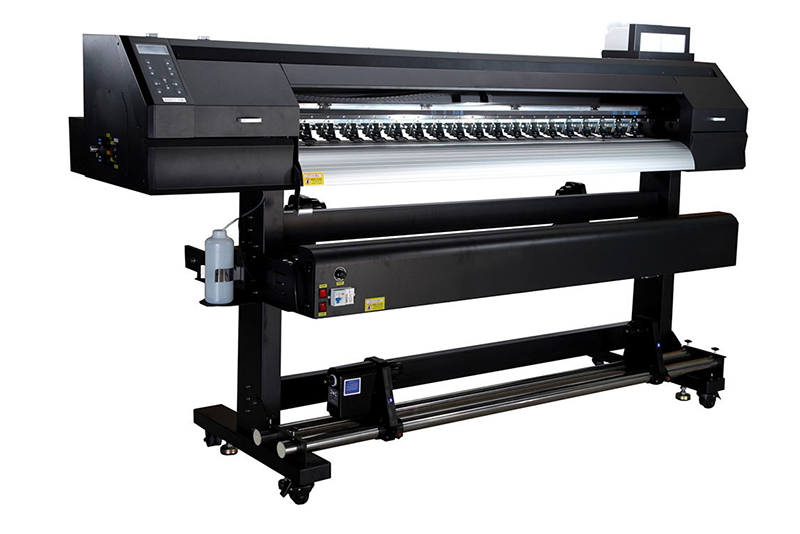The digital textile printing industry is experiencing a significant shift with the rise of Direct-to-Film (DTF) printing technology. Offering a versatile and efficient solution for transferring vibrant designs onto various fabrics, DTF printers like the KTM-1802 are rapidly gaining traction. This analysis delves into the current market trends surrounding DTF printers, focusing on the KTM-1802's features and its position within the competitive landscape.

DTF Printing: A Game Changer in Textile Printing
DTF printing eliminates the need for pre-treatment or specific fabric types, unlike traditional methods like direct-to-garment (DTG) printing. This versatility allows printing on cotton, polyester, blends, and even leather, opening doors to a broader range of applications. The process involves printing designs onto a special film, applying a powdered adhesive, and then heat transferring the image onto the fabric. This results in high-quality, full-color prints with excellent durability and washability.
Key Market Trends Driving DTF Printer Adoption
Customization and Personalization The demand for personalized apparel and accessories is booming. DTF printers cater perfectly to this trend, enabling small businesses and entrepreneurs to offer customized products with low setup costs and quick turnaround times.
E-commerce Growth The rise of online shopping platforms has fueled the need for on-demand production and shorter print runs. DTF printers offer a cost-effective solution for fulfilling these requirements, making them ideal for e-commerce businesses.
Sustainability Concerns Compared to traditional printing methods, DTF printing generates less waste and consumes less water, aligning with the growing emphasis on sustainable practices within the textile industry.
Technological Advancements Continuous improvements in DTF printer technology, such as faster printing speeds, higher resolutions, and more efficient ink systems, are further propelling market growth.
KTM-1802: A Competitive Contender in the DTF Market
The KTM-1802 boasts several features that position it as a strong competitor in the DTF printer market:
High-Speed Printing Equipped with two 13200-A1 printheads, the KTM-1802 delivers fast printing speeds, enhancing productivity and efficiency for businesses.
Large Printing Width The 1.8-meter printing width allows for printing on larger fabric rolls or multiple garments simultaneously, further increasing production capacity.
Reliable Ink System The exclusive all-aluminum ink stack ensures consistent ink flow and reduces the risk of clogging, minimizing downtime and maintenance costs.
Auto Constant Temperature Drying System This feature ensures uniform heating of the material, leading to optimal ink absorption and vibrant, detailed prints.
Intelligent Alarm Systems The ink and paper shortage alarm systems prevent interruptions during printing, promoting a smooth and efficient workflow.
Customization Options The KTM-1802 caters to specific industry needs with personalized customization, making it suitable for braid and pyrograph applications.
Competitive Landscape and Future Outlook
The DTF printer market is witnessing the entry of numerous players, offering a diverse range of models with varying features and price points. While established brands like Epson and Mutoh have expanded their product lines to include DTF printers, several Chinese manufacturers are also gaining prominence with cost-effective options.
The future of the DTF printer market appears promising, driven by the factors mentioned above. As technology continues to evolve, we can expect to see even faster printing speeds, higher resolutions, and more advanced features, further solidifying DTF printing as a mainstream technology in the textile industry.
If you have product purchasing needs, you can contact us.
